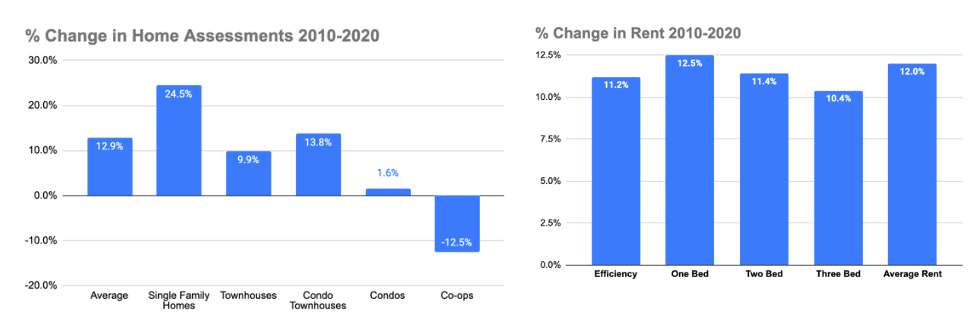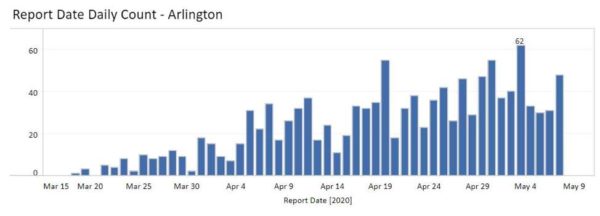 What’s Next with Nicole is a biweekly opinion column. The views expressed are solely the author’s.
What’s Next with Nicole is a biweekly opinion column. The views expressed are solely the author’s.
In many ways our workforce is changing, both due to COVID-19 and as Arlington’s economy continues to evolve.
As a community it is important that we study this impact on both our employment rate for our community’s personal economic vitality and our commercial office occupancy rate that contributes to 20% of our county tax revenue.
In the short term, on balance, Arlington’s economy is faring well compared to the D.C. region and nation at large. Arlington’s unemployment rate is the lowest of all counties in the region at 6%, compared to 11% nationally. In June, Arlington collected 95-98% of expected tax revenue successfully. It remains to be seen how we will fare this fall if we do not receive another round of stimulus.
Amazon continues to expand their office presence in Crystal City despite work from home policies, as we expect them to become the county’s largest employer and take up a significant amount of vacant office space. Hotel occupancy and revenue is significantly down from 76% occupancy at this time last year to 23% last month, which also means Arlington does not owe Amazon incentive payments that were tied to hotel taxes (a well negotiated clawback in my opinion).
In the long term, there is uncertainty on the future of our work culture. COVID-19 has forced over 95% of the American workforce to telecommuting practically overnight according to a recent Senate EPW Committee Hearing. Further, a recent Stanford-University of Chicago-Atlanta Federal Reserve survey expects work-from-home to quadruple from 5% to 20% even after COVID-19, and according to a PWC survey about 90% of employers expect about 1/3 of their employees to continue to work remotely at least one day a week.
How this might impact our office tax revenue projections still has yet to be seen. PWC’s survey is inconclusive on how employers plan to increase or decrease office space in the future, with half saying they plan to keep the same amount of office space or decrease their space and half planning to increase square footage citing remodels to create a more collaborative environment for the time that employees are actually in the office.
Of planned future office space, real estate services company JLL shows that in our submarket, the Rosslyn-Ballston corridor and Tysons currently both have the same amount of office space, but in the pipeline, Tysons has 13.5 million sq. ft. planned versus only 3 million sq. ft. for the R-B corridor. This is a shift in Arlington from commercial office space to commercial residential (apartments) that shows a far higher occupancy demand.






